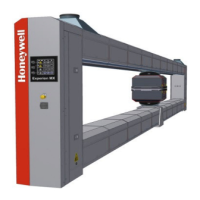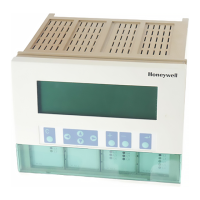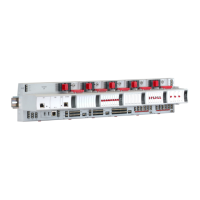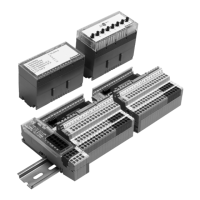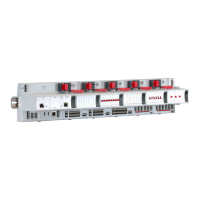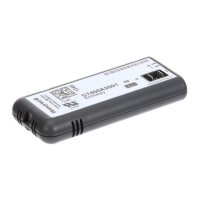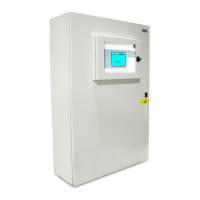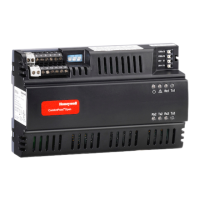Naming rules for assets
Each asset has three names:
n
A tag name (also called a point ID or point name). A unique name, which is used by
the system to identify the asset. The tag name must be unique across the DSA system.
n
An item name. A descriptive (user friendly) name for the asset. Unlike the point name,
the item name only has to be unique with respect to its siblings (other items that share
the same parent item).
For example, you can give many assets the item name of 'Mainvalve' provided each
asset has a different parent.
n
A full item name (also called an enterprise model name). A unique name, which
consists of the tag name and the names of all its ancestors within the asset model.
A full item name has the same structure as the full path name of a file on a network.
The following example is the full item name of an asset named ‘Agitator’:
/Assets/Precipitation/Train1/Precipitator1/Agitator
Asset names must follow certain naming rules:
n
Tag names must be unique.
n
Tag names and item names can contain up to 40 single-byte or 20 double-byte
alphanumeric characters, with at least one alpha character.
n
Tag names and item names are not case-sensitive: Cooling Tower1 and cooling tower1
represent the same asset.
n
The first character of a tag name and an item must not be any of the following
characters:
l
At sign (@)
l
Dollar sign ($)
l
Space
n
Tag names and item names cannot contain any of the following characters:
l
Asterisk (*)
l
Backslash (\)
l
Braces {} (rule applies to item names only)
l
Brackets []
Enterprise models
Honeywell 2017 17
